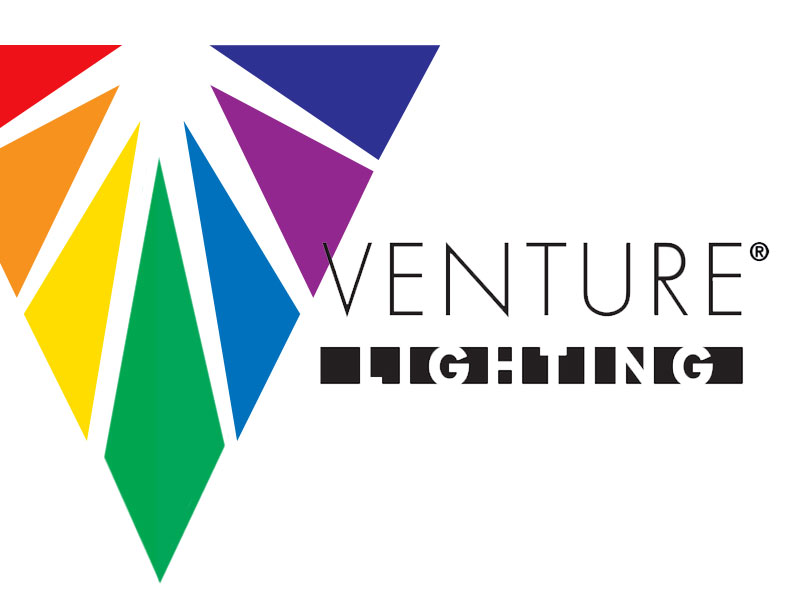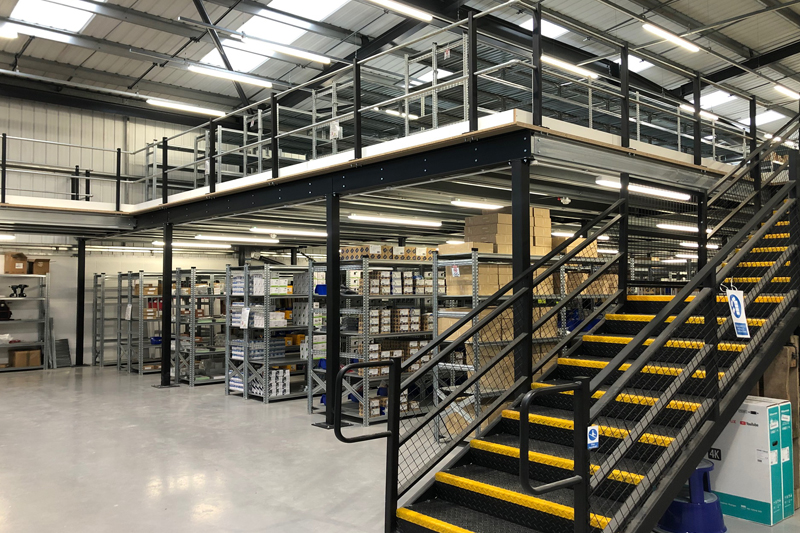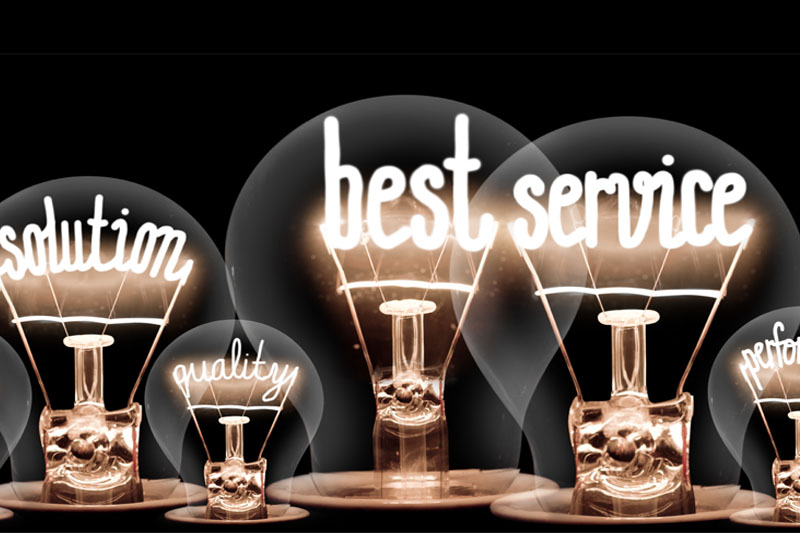PEW spoke with Philip Croker, Managing Director at Venture Lighting, to find out more about the state of the lighting industry, how you can compete with online and how the company is helping the wholesale industry.
What is the biggest challenge facing the lighting industry?
There are many challenges that the industry faces which are a culmination of a hypercompetitive environment, caused by low barriers to entry and continuous changes in technology for the general lighting arena. The initial value proposition that LED Lighting offered was very attractive not least because of the energy saving but the quality of light that can be created with thoughtful product design. In the general lighting sector this has unfortunately been cast to one side for some time by a primary focus on price and nothing else.
This is and will continue to be extremely damaging to our industry because it proves ever more difficult to the uneducated end-user, to see first-hand the real difference between two seemingly similar products.
Is there enough transparency around lighting output such as true Lumen Output and glare values?
I would say no, there definitely isn’t, but these are just 2 areas of distorted information and lack of transparency regarding product claims. True lumen output is very easy to quantify by means of photometric testing and we often test competitor’s products in our integrated sphere to vet their claims. What is much harder to substantiate and gain transparency on is the actual binning and quality the LED’s being used. It is very easy to makes claims that Osram, Samsung or Nichia chips are being used but very few buyers whether it is wholesalers or other customers actually check LM80 data or even know what it is.
This is where we will see quality issues arise that will cause problems for wholesales and other customers alike because warranty offered of LED luminaires is very rarely a warranty that covers lumen depreciation or colour shift.
Do you feel the market could be regulated more efficiently, and if so, how?
It absolutely could but regulation itself is very difficult to enforce beyond just the electrical safety of a product. It needs bodies such as the LIA and others to work in partnership with key members and manufactures such as us, to really bring about meaningful change through awareness and education. I believe it is time to really start to highlight the true pitfalls of low-quality products such as the issues that will arise from colour shift and lumen deprecation which is directly associated with the binning of the LED chips that are used.
With so many cheap lighting options available in the market now, why should the wholesaler spend more on established brands?
The old adage, “you get what you pay for” springs to mind immediately. Having significant experience in material cost and quality I can safely say that with a cheap price comes a significant compromise on quality. The difficulty is that you often cannot see where the compromise on quality is without knowing what you are looking for. When wholesalers purchase products at low cost with long warranties there are rarely key questions asked of manufacturers that bringing out the key information such as LM80 data to support the legitimacy of those product claims. Low-cost product will fail early, whether that is catastrophic failure, or the colour shift on reduction in lumen output, it will happen, and this will not all be covered by the warranties being offered.
What are the current lighting trends and what do you see being popular in the next five to 10 years?
We are still seeing continuous improvements in the efficacy of LED’s with products now reaching over 180 lumens per watt from the luminaire, but at a cost increase of course, and this is reaching its limit now for general lighting. Wireless controls, Internet of Things and Human Centric Lighting will have a significant impact over the coming years and we are positioning ourselves to play in these arenas. Many companies are still trying to understand where they can fit in the future lighting industry and this is key to our long-term success.
LED was the first wave of technological disruption that had been seen for some time, but the next wave of Internet of Things (IOT) will be much bigger and will also be harder for many companies keep up with. Understanding how a luminaire can do more than just provide light is the critical factor in understanding how to unlock new value creation for users of any lit space. This is where many lighting companies are struggling to work out what they should do. Being able to connect a luminaire to the cloud and capture data from integrated sensors, for example, is only half of the challenge. Understanding what to do with that data and what value is has to an end user, is the key to developing meaningful solutions.
What can be done to combat the influx of cheap foreign or online products?
Education is always important in terms of raising awareness of the true pitfalls with cheap or poorly designed products and as manufactures we must take a certain amount of responsibility to play our part in training our team and our customers continuously. I personally feel that those responsible for purchasing lighting products from lighting companies need to play their part in really questioning the legitimacy of the products they are choosing to buy. There are too many so-called lighting companies that have been allowed to flood the market with low cost products due to a narrow-minded focus on price and lavish claims of long warranties that will never be supported.
I can say with confidence that we will see a huge period of luminaries failing in the field and in particular they will display signs of significant colour shift and decreased lumen output from day one of being installed. This is why, as a business, we must take a strong stance in not compromising on the quality of our products to succumb to the price pressures in the industry.
What steps is Venture Lighting taking to keep wholesalers up to date with the latest lighting trends and technologies?
We are about to roll out a marketing campaign to raise the awareness of our brand and support the launch of our new SOLV5 LED catalogue. This will be supported by continuous training programmes offered to our customers to educate them with respect to what we have on offer and provide additional information regarding the most critical things to be aware when purchasing LED products. During such training days, we will take the time to offer customers insight into where we see the market moving and how we can support their business in keeping up with trends and changes in technology.
What is the Casambi partnership and why should the wholesaler be aware of it?
The Casambi solution is based on Bluetooth Low Energy, the state-of-the-art wireless technology and offers a robust high reliability solution for wireless lighting control integration. For wholesalers that have a strong focus on project lighting sales, this is a key area of value added for their customers that Venture lighting can support them with.
We have integrated Casambi controls into a number of our Commercial and Industrial products and we will be looking to partner with proactive customers that are looking for cost effective value add lighting control solutions. This has huge potential and we will be driving discussions and training with key customers to enable them to recognise opportunities to upsell them benefits to their clients by adding a new layer of value added features to lighting systems.
For Further Information
To learn more about the services and products on offer from Venture Lighting, visit: www.venturelightingeurope.com





